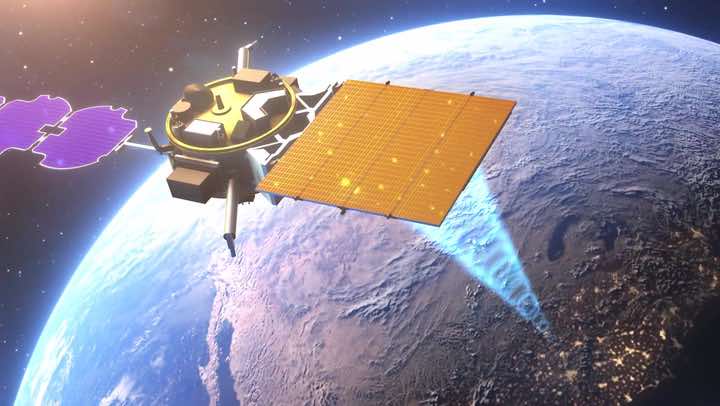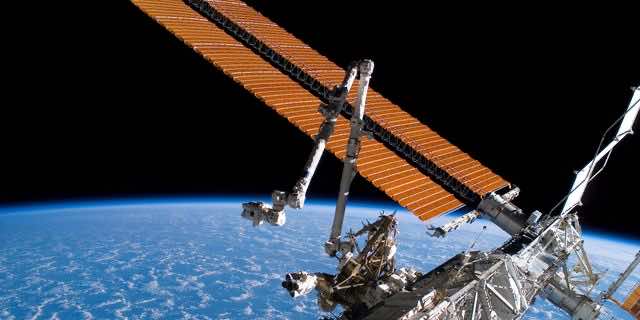U.S Air Force’s Space Solar Power Incremental Demonstrations and Research (SSPIDR) project aims to harvest solar energy in space and send down the obtained energy to earth.
To start with, space solar energy will be used to back the energy demands of the military bases in remote areas, and eventually, that energy will be used to suffice the civilian needs. The idea was conceptualized earlier on, however, USAF is attempting to convert the idea into a reality in a world first.
Solar panels would be deployed to space to harvest the sun’s energy effectively, and as per the experts, it would aid the USAF at large in the battlefields.

The incorporation of solar panels in space brings along more practicality to use the sun’s energy to fulfill the energy needs at the remotest locations and also cancels out the climate or weather constraints of the area that come in the way pertaining to the energy harvesting solar tech installed on the ground.
For now, the energy needs of those remote military bases are met by transporting fuels and other necessary supplies which along with being a greater hassle is prone to attacks by the enemies. But with the new announcement, the military bases would have sufficient energy supply and that too quite conveniently.
The Space Solar Power Incremental Demonstrations and Research Project (SSPIDR) would beam down the solar energy to an outpost down on earth and would work to its full potential irrespective of the time, latitude, and climate of the area.
The AFRL, Air Force’s research laboratory aired a video that contains the initial idea and the future capabilities of the advanced solar system in space. The research laboratory discovers, develops, and integrates warfighting technologies for air and space forces.
“Ensuring that a forward operating base maintains reliable power is one of the most dangerous parts of military ground operations,” says the narrator of the video, adding, “Convoys and supply lines are a major target for adversaries.”
The clear findings of the research laboratory state that the harvesting of solar energy on earth has a number of limitations that affect the system’s productiveness at large. However, specially designed solar panels sent to the orbit would cancel out those limitations and would give out a continuous supply of solar energy transmitted back to earth.

Incorporating solar panels into space comes with lesser complications than sending the harvested energy down to earth. One way to do that is by using cables which doesn’t even sound much practical. But there isn’t much to worry about in this regard as alternatives are being worked on that include converting the solar energy to radio frequencies and sending down the energy using sunlight harvesting satellites. The receiving antennas will be used to convert the radio frequency energy into usable power for the remote military bases on the ground.


